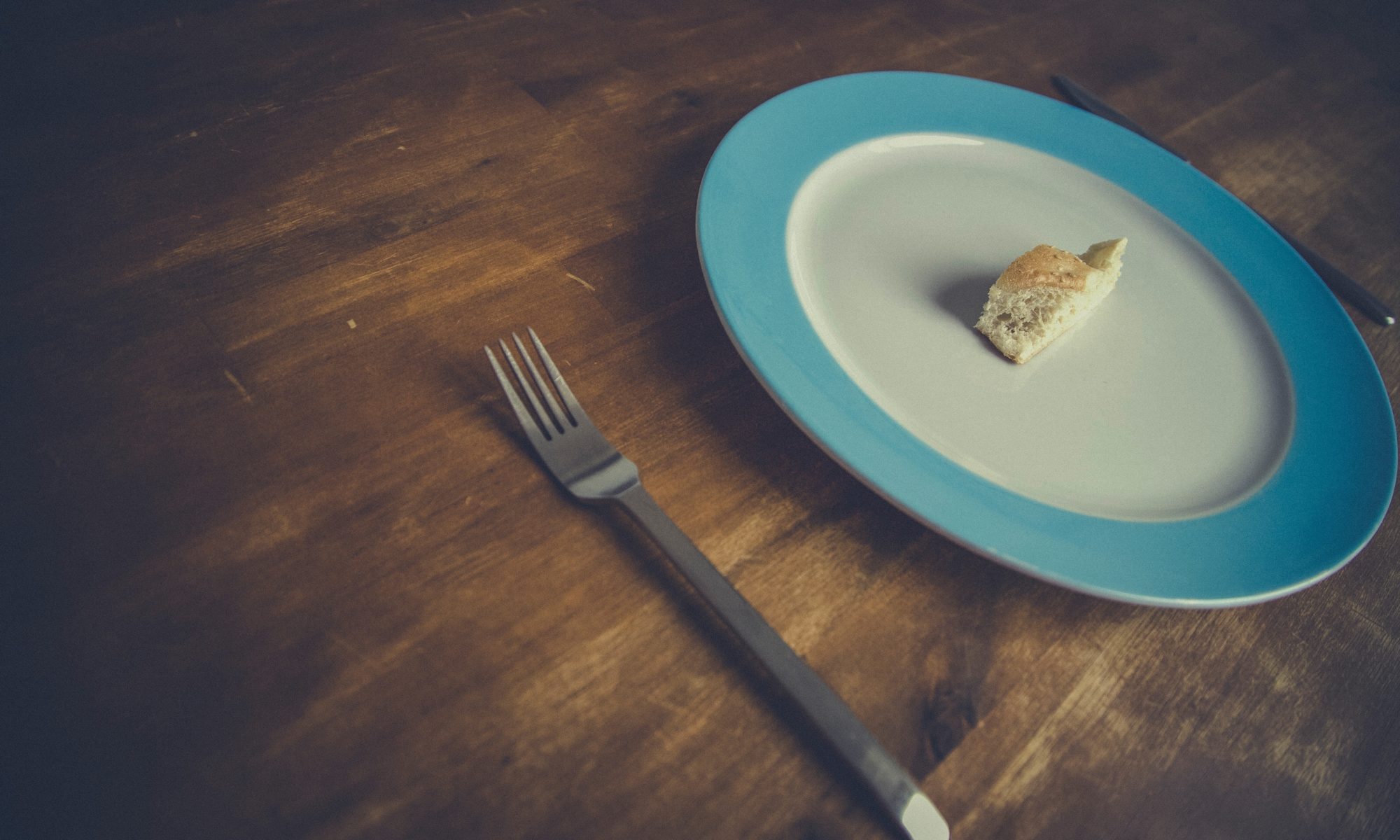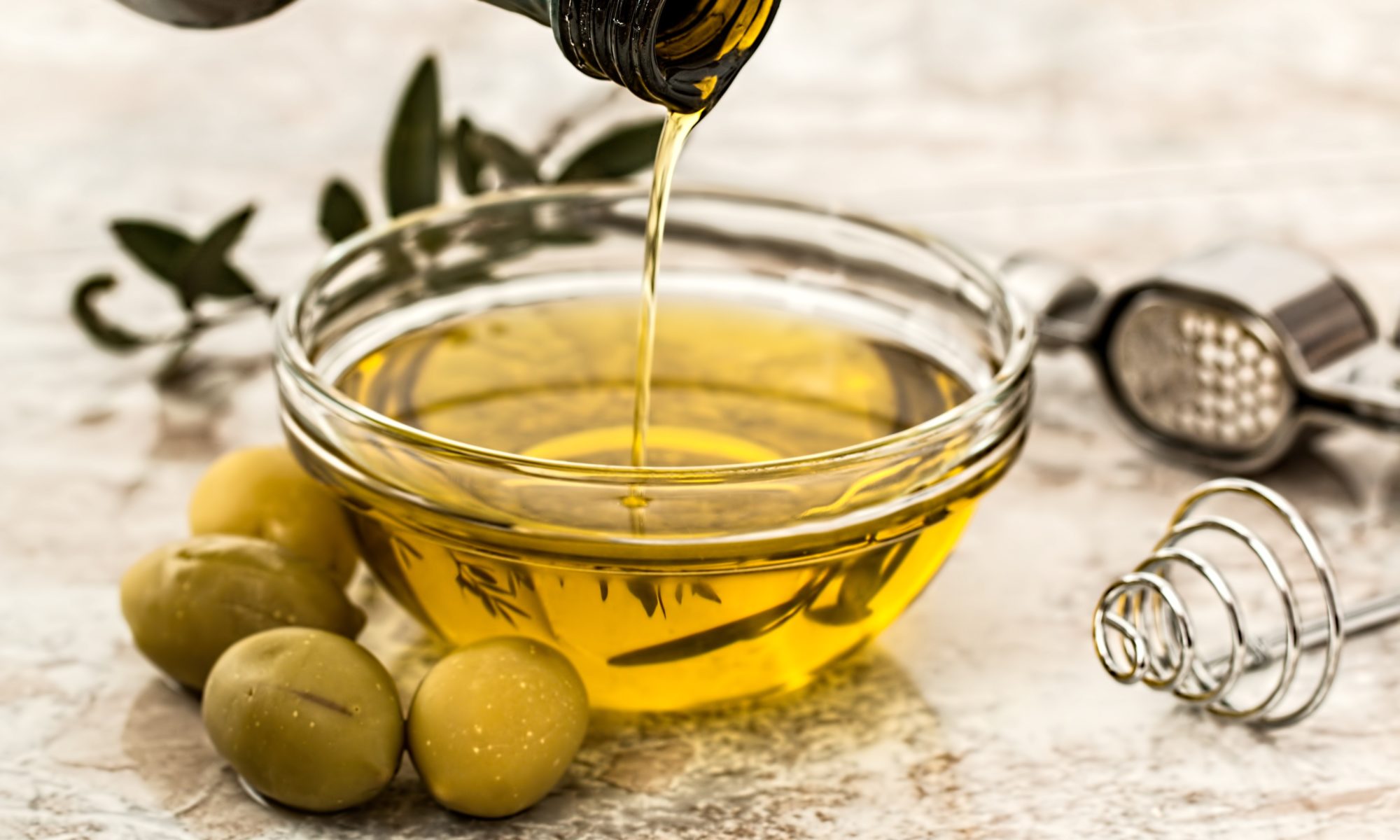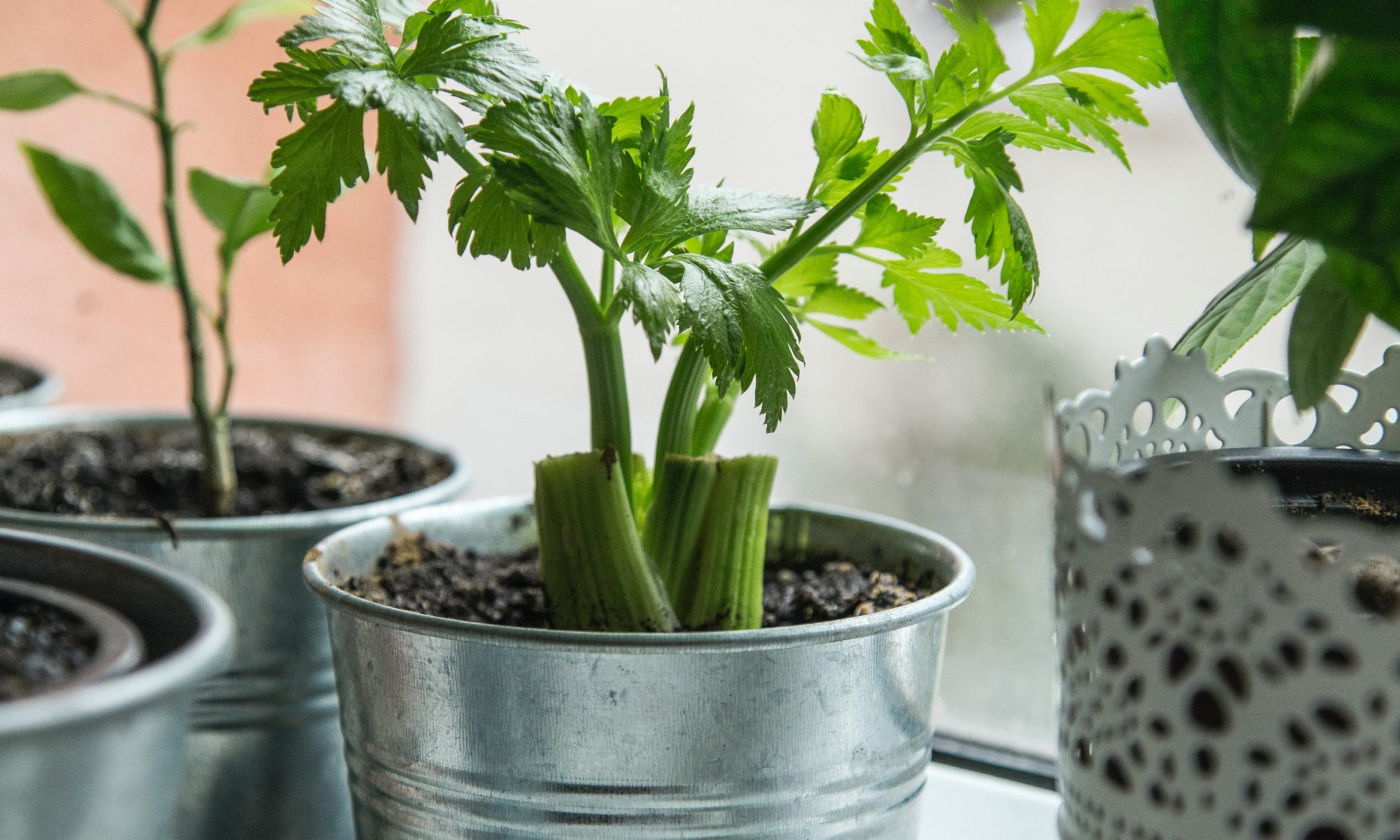Dairy has gone through a lot of marketing changes over the years. At one point milk was touted in commercials as the solution for everything from achieving smooth skin to fending of bullies (yes, really!) Remember the old slogan “Milk: It Does a Body Good” from the 1980s? Back then, milk could do no wrong.
But more recently, dairy products have started to get a bad reputation. Not long ago, dairy was blamed for a wide variety of problems, including acne, weight gain, digestion issues and more. So which is it? Is dairy a caped crusader or a masked foe? The answer is that it’s likely somewhere in between.
Though milk probably isn’t as miraculous as the 1980s led us to believe, it’s also not as bad as some modern activists try to convince us it is. One of milk’s primary health claims is that it strengthens bones due to its calcium content. While it’s true that dairy products contain calcium, are they really the best source of this important component of bone health? Surprisingly, the answer is no! Here are several foods that contain more calcium than a glass of milk (which contains about 300 mg of calcium).
Almonds
Who doesn’t love to snack on almonds? I know I do! I feel even better about it now that I know ¾ cup of almonds contains 320 mg of calcium. So if you’re trying to get more of this important nutrient in your diet, feel free to enjoy a serving of almonds each day. Just don’t eat too much, since these tasty little nuts are also high in calories and can derail your weight loss goals if you aren’t careful.
Kale
If you weren’t already convinced that kale is a superfood you should consume regularly, consider the fact that it’s packed with calcium. Though it can be hard to consume sufficient kale when it’s raw, cooking it makes it easier to eat more. Two cups of cooked or sauteed kale will provide your body with 359 mg of calcium.
[insert page='Offer' display='content']
Bok Choy
If you haven’t tried bok choy yet, you’re missing out! This delicious Chinese cabbage is a little reminiscent of broccoli in flavor, but it looks more like lettuce. Just two cups of this vegetable can provide you with 316 mg of calcium. Try chopping it up and adding it to salads or stir-fries.
Tofu
Like it or hate it, tofu is a great source of calcium. But you have to find the type of tofu that’s made with calcium sulfate. Extra-firm or firm tofu provides up to 300 mg of calcium per 6-ounce serving. The firmer the tofu, the more calcium it typically contains.
Calcium-Fortified Orange Juice
It’s usually best to cut back on fruit juices because they contain a lot of sugar and calories. But if you feel the need to indulge occasionally, choose orange juice that’s fortified with calcium. An 8-ounce glass of calcium-fortified orange juice can give you approximately 350 mg of calcium. It contains other healthy nutrients, too!
Canned Salmon (With Bones)
Before you cringe at the thought of eating salmon bones, hold on for just a minute! The bones in canned salmon are very difficult to detect because they’ve been softened by sitting in a moist can. The bones themselves are packed with calcium and are great for your body. Try eating canned salmon on top of a green salad, in rice bowls, or on top of pasta. It’s an effective and tasty way to improve your daily calcium consumption.
What do you think of this list of calcium-rich foods? If you don’t like dairy or are lactose intolerant, these are all great alternative foods to help you meet your daily calcium intake needs.










